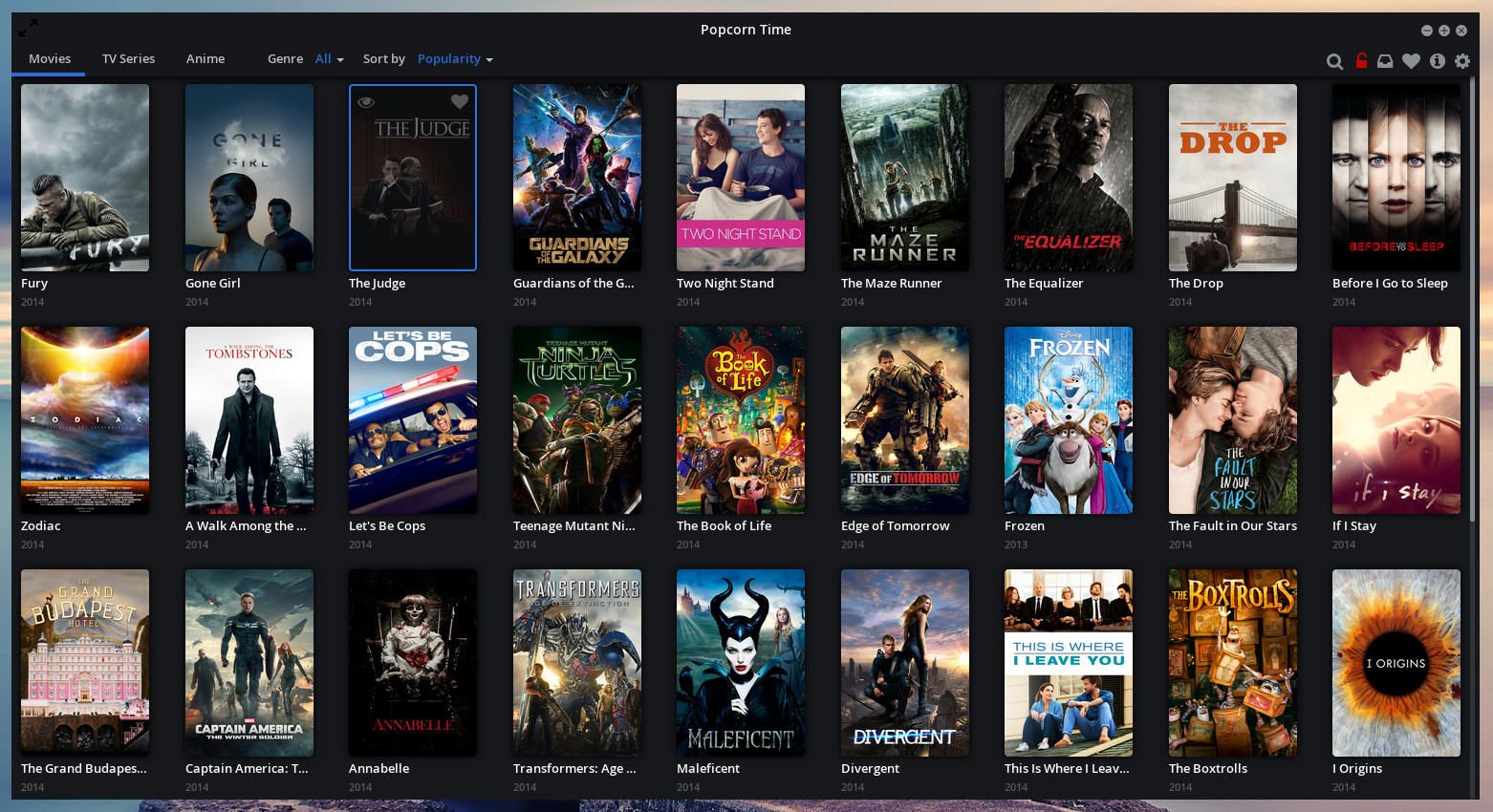


The need to reprocess everything is probably a bit more paranoia than anything else. They're all like that I think, Aperture got to version 3 of its Raw processing, and I know there's been at least that many for Adobe too.Īs it happens, I think the upgrades make very small differences in reality. I tend to be a bit more lightweight in my use of metadata, as I use a filing system that suits me in a way that I can quickly go to sets of images I need without too much searching. I know 'some' apps can read/write Adobe XMP data, but only within limitations.

Yeah, I understand the use of XMPs, and portability of some of the data in them, but it's edit data I need to be portable, and that only seems possible if you keep that part of the workflow within a given environment. I never intend to, but sometimes I've found evolution in software has meant that a lot of older photos can benefit from some tweaking.Īh, yes Capture One is good/bad for this, as they produce a new raw engine with each new release, and its a common complaint/complement, that having seen the improvements from the latest engine, people feel the need to re-process all their existing images. For my personal photography, however, I don't think I would ever want to re-edit an image I produced earlier, and would alway want to start from scratch. With film negatives you always needed to start from scratch. Maybe because I come from the days of darkrooms and negatives, I don't see this as being a massive problem, as long as I have a reference final copy. XMPs are at the core of allowing me to use multiple programs in my workflow. I haven't found anything that doesn't transfer between programs, but you need to be careful with things like colour tags as some programs have more colours available than others. Any updates I make in any of these programs are automatically (or semi-automatically, ie you need to rebuild the database) updated in all the other programs. The XMPs are how I have transferred all relevant DAM information between Photo Mechanic, Media Pro, NeoFinder, Capture One, LightRoom and Fast Raw Viewer. I've tried using them, but in LR they only seem to be useful if you use other Adobe software (there are some others with limited support, but not much). I have the previews at 1024, which is is fine for what I wantįortunately, I have always used XMP sidecar files and referenced databases, rather than managed, regardless of the programs I have been using (which actually made Neofinder a non starter for me until recently when it added full XMP integration and editing). I saw the preview settings now, and they default to 128, which seems a bit too conservative these days.Īh yes, its there and also available in the "open with" option in the same contextual menu. I only tried it yesterday - just reinstalled it, and it's in the contextual menu under 'Services'.


 0 kommentar(er)
0 kommentar(er)
